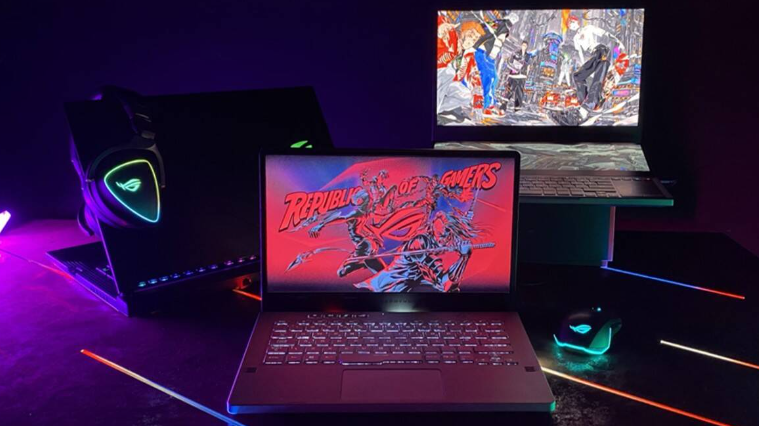

Related Articles
5 Reasons to Hire Identical Matching Laptops and Tablets for Business Events
Business events of different kinds are always in need of brilliant tech ideas. With the world becoming more advanced, business events don’t function well without the use of tech. Also, laptops and laptops are naturally some of the best tech devices available today. So, should you hire identical matching laptops and iPads or go with […]
best Gaming Laptops in 2023 /Pros and Cons
Gaming laptops have become more powerful and feature-rich in recent years, rivalling even the most powerful desktop computers. There are some t popular gaming laptops listed with their pros and cons. HP 15s-fq5000nia The HP 15s-fq5000nia is a budget-friendly gaming laptop expected to make a significant impact in 2023. This laptop features a 15-inch display, […]
Are Gigabyte Laptops Reliable?
It can be tough to decide if you want to invest in a new laptop. Gigabyte laptops are one option that people are considering more and more often. But, is this brand reliable and does it provide good laptops? In this blog post, we’ll take a look at some of the pros and cons of […]


